Toyota is experimenting with AI and autonomus vehicle technologies that will not only help expand the kinds of driver assistance technologies that will benefit consumers but also improve vehicle safety. A recent project involving newly developed self-drifting Supras is a glimpse into this tech and it has potential real-world applications.
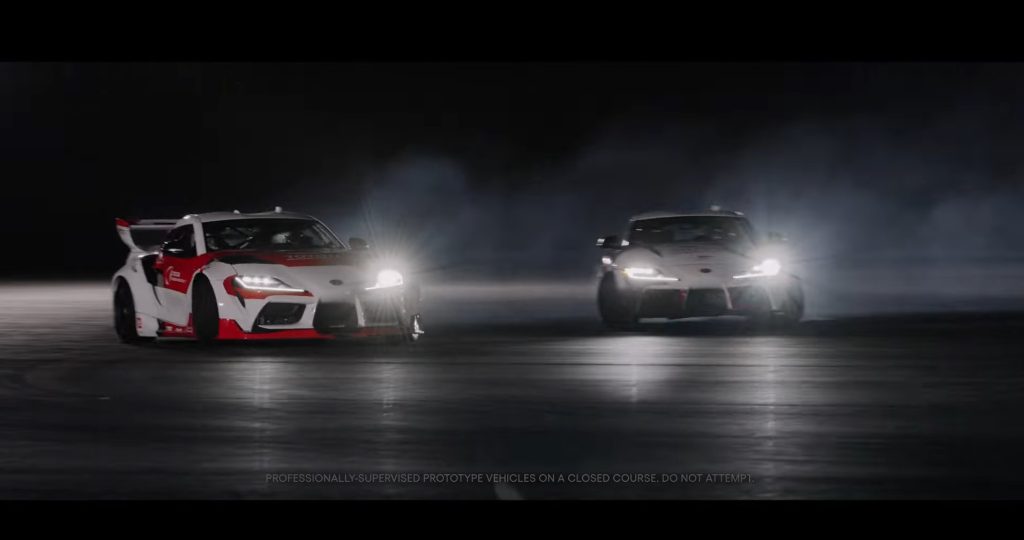
Toyota Research Institute and Stanford University collaborated together to take part in a new research project focusing on AI
Seeing a pair of high-performance drift cars going through the motions at your local race track might not make you think about safety at first glance, but the race track has often been a dynamic laboratory for automakers and some of the innovations and technology that we take for granted in modern automobiles had their origins on the race track before they eventually made their way to production road cars.
A recent collaborative project between Toyota and the University of Stanford is attempting to push AI technology to uncharted territory and if it proves to be successful, it might introduce new technologies that can help improve the safety of drivers on the road while also expanding what can be done with modern AI and autonomus driving technology.
Look Toyota no hands
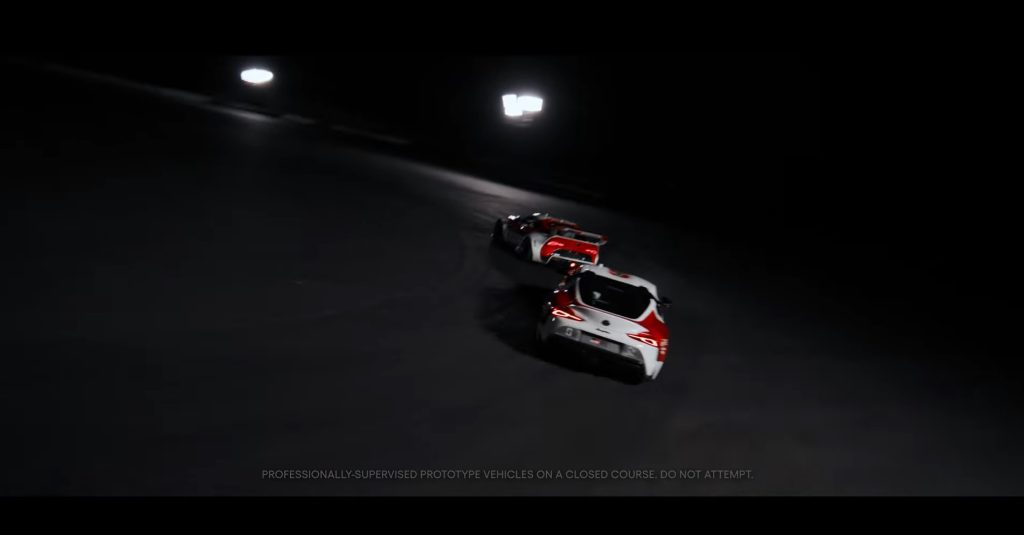
The project saw the two firms put a new AI-powered system into two Toyota Supra models to produce AI-powered tandem drifts.
The project created by the Toyota Research Institute and the University of Stanford wanted to explore how AI technology could be improved and the two partners created a new AI-powered computer system with the novel piece of technology getting its first test in a pair of Toyota Supra drift cars. In this particular application, the system allows the two Supra’s to drift in tandem with sensors on both vehicles working together to prevent both vehicles from crashing into each other while also removing the need for a human driver to perform the difficult feat.
In addition to the sheer difficulty involved in achieving a tandem drift, reps from the Toyota Research Institute say that this excercise also shows how important it is for the sensors to be in lockstep with each other to help calculate the distance and make rapid adjustments to help ensure a collision doesn’t take place. That’s similar to the sensors used in current systems which must not only make the same core calculations but also do so in real-world driving where there’s always a certain degree of unpredictability. In addition to the system itself, the two cars (dubbed Keisuke and Takumi) also use a shared WiFi network that allows the cars to rapidly communicate information with each other including the planned trajectory and vehicle speed.
More Toyota Stories
- Toyota Highlander Set to Go All-Electric as Toyota Ramps Up EV Plans
- Toyota Teases Future Performance EVs with Twin Concepts for Japan Mobility Show
- First Drive: 2024 Toyota Tacoma Hybrid Is More Then Just a Mileage Play
Innovative tech might help save lives
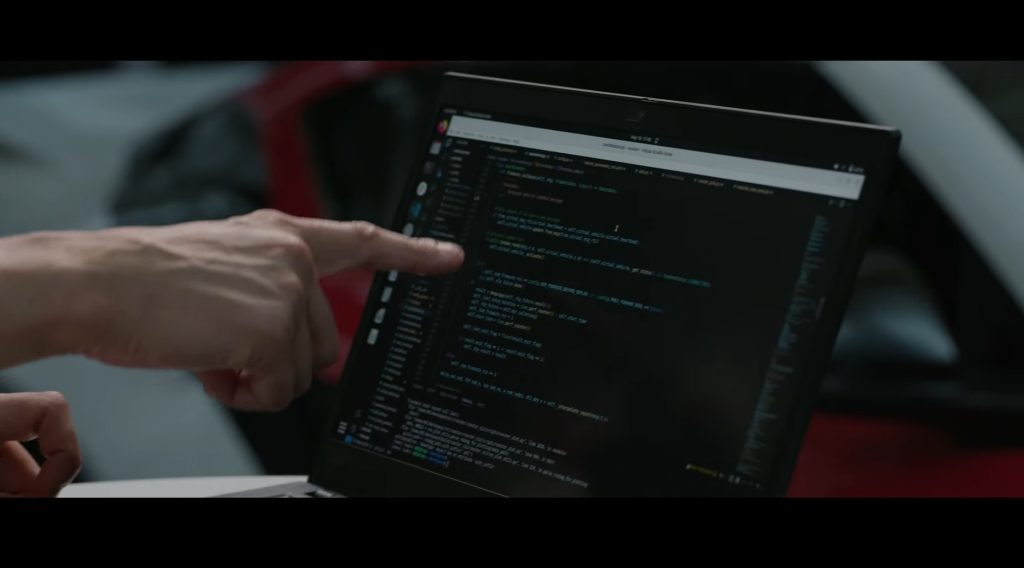
In addition to producing AI-powered drifts, the system also has the potential to help improve vehicle safety, including in situations where a vehicle goes into an uncontrolled slide.
The technology in Keisuke and Takumi is still a long way from achieving formal production, however, the technology will help improve the safety of vehicles if it reaches production. According to Toyota, the system could be useful in instances where the vehicle loses control on slippery roads created by rain, snow, and ice. Modern traction and stability control systems have helped reduce the risk of these incidents, but they can’t intervene if the vehicle has already lost traction and is sliding towards a potentially dangerous situation.
This is where an AI-based system might be able to help with the computer taking over and regaining control of the vehicle for the driver if it senses that the vehicle is in an uncontrolled slide. Part of this is due to the Nonlinear Model Predictive Control system that both Supras use. This system gives the equipped cars predetermined instructions that are processed as a cost function along with parameters that they cannot breach. The establishment of these parameters could translate into when an AI-based system will intervene especially if it senses that the vehicle has strayed too close to the shoulder of a road while in an uncontrolled slide.

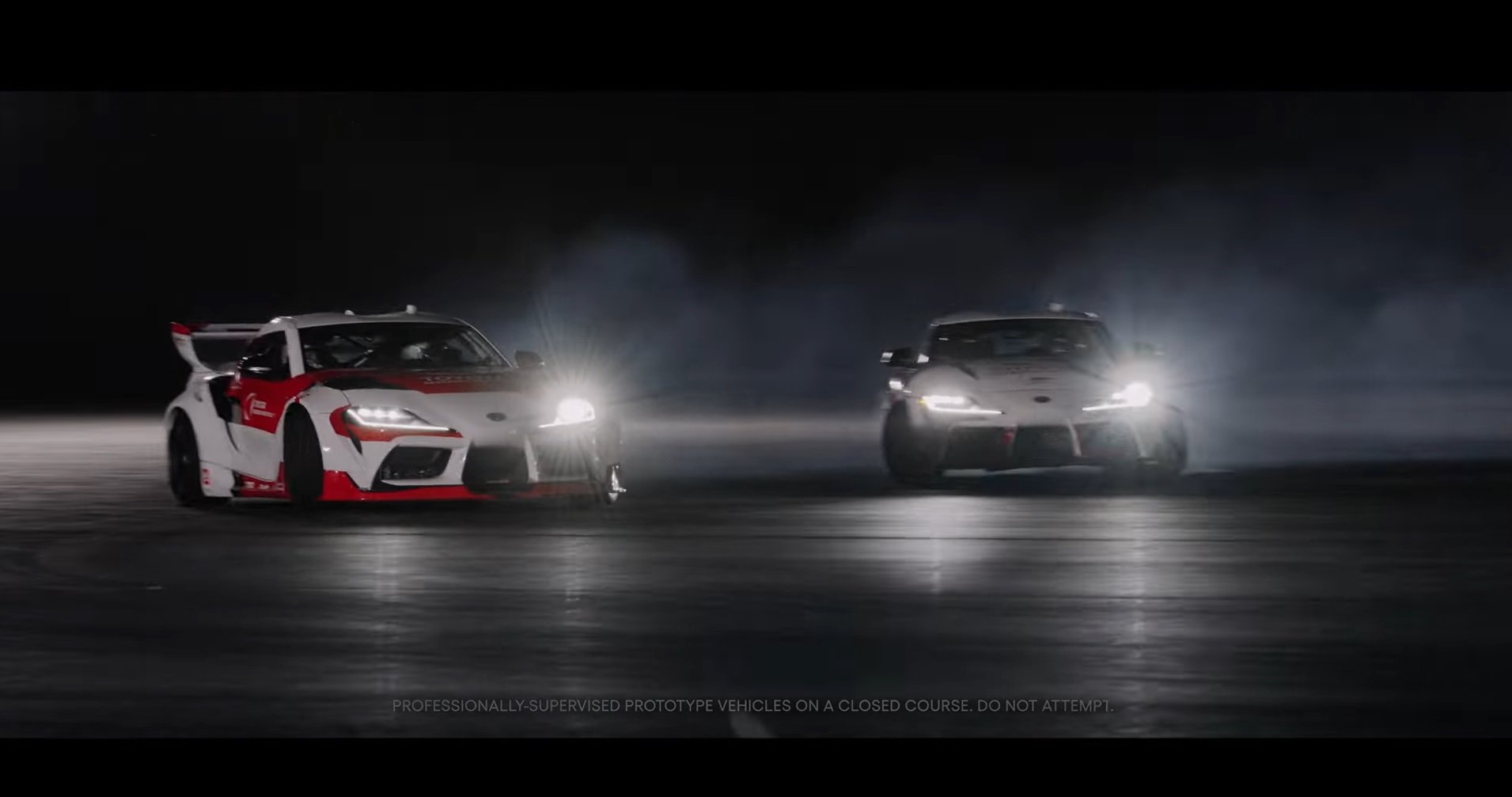

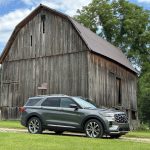


0 Comments